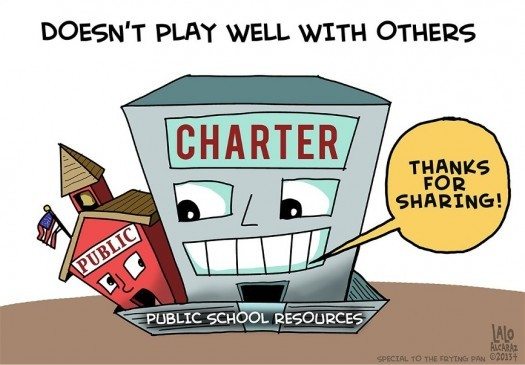New L.A. schools chief Beutner pledges to learn and to take action
New L.A. schools Supt. Austin Beutner proved on Wednesday that he's a quick learner despite lacking a background in education. Like a stream of public officials before him, he appeared at an important event — his first speech and news conference — in front of a group of students, who served as a photogenic backdrop.
His message — that he would put students first — was nothing original but he pledged to push cooperatively but unflinchingly to improve the district's academic performance and stabilize its finances.
Details to come.
Beutner, a former investment banker who made a fortune on Wall Street, offered no specifics on how he would deal with the district's gravest academic and fiscal challenges or its stalled negotiations with the teachers union.
Union representatives on Wednesday came out battling, saying his selection was a sign that L.A. Unified's leadership is steering the nation's second-largest school system in the wrong direction.
The Board of Education selected Beutner by a 5-2 vote on Tuesday, passing over interim Supt. Vivian Ekchian, who has spent her career in the L.A. Unified School District, rising from teacher to senior management.
"To state the obvious, I'm an unconventional choice, unconventional by lots of measures," Beutner, a former deputy mayor and L.A. Times publisher, said in prepared remarks at Belmont High School. "But the district is at a crossroads. We face some tough issues. But I believe we can move forward together and address these issues to unlock the enormous Continue reading: New L.A. schools chief Beutner pledges to learn and to take action:

Cathie Black debacle just the latest in a long line of miscues by education reformers - NY Daily News - http://www.nydailynews.com/opinion/greenman-cathie-black-reformers-failed-test-article-1.114418 via nydailynews
Big Education Ape: Billionaire Blunders: Appointing Education Chiefs Who Know Little about Public Schools | Larry Cuban on School Reform and Classroom Practice - http://bigeducationape.blogspot.com/2017/02/billionaire-blunders-appointing.html
Cathie Black and the privatisation of education | Daniel Denvir | Education | The Guardian - https://www.theguardian.com/commentisfree/cifamerica/2011/apr/07/schools-school-funding on @guardian
Cathie Black, the new chancellor of New York City schools calls herself a born saleswoman - NY Daily News - http://www.nydailynews.com/new-york/education/cathie-black-new-chancellor-new-york-city-schools-calls-born-saleswoman-article-1.451260 via nydailynews










